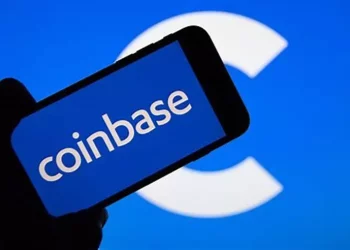In recent years, the world of cryptocurrency has been gaining widespread acceptance and adoption. As a result, more people are getting involved in trading and investing in cryptocurrencies. One popular platform for trading and investing in cryptocurrencies is Binance. However, to ensure the safety and security of its users, Binance requires KYC verification.
What is KYC Verification?
KYC stands for “Know Your Customer.” It is a process used by financial institutions to verify the identity of their customers. KYC verification is an important step towards preventing fraud, money laundering, and other illegal activities. The verification process involves collecting personal information from the customer, such as name, address, date of birth, and government-issued identification.
Why Does Binance Require KYC Verification?
As a reputable cryptocurrency exchange, Binance takes its security measures seriously. KYC verification is required to comply with anti-money laundering (AML) and counter-terrorism financing (CTF) regulations, which are aimed at preventing illegal activities such as money laundering, terrorist financing, and fraud.
By requiring KYC verification, Binance can confirm the identity of its users, monitor transactions, and prevent suspicious activity. This not only protects its customers but also ensures that Binance remains compliant with applicable laws and regulations.
How to Complete KYC Verification on Binance
The KYC verification process on Binance is relatively straightforward and can be completed in a few simple steps. Here’s how to do it:
Step 1: Create a Binance Account
Before you can begin the KYC verification process, you’ll need to create a Binance account. To do this, visit the Binance website or download the mobile app and follow the prompts to sign up.
Step 2: Start the KYC Verification Process
Once you’ve created your Binance account, go to the user center and click on “Identity Verification.” You’ll be prompted to choose the type of verification you want to complete. Binance currently offers two types of verification: basic and advanced.
Basic verification requires your name, date of birth, and address. This level of verification allows you to deposit and withdraw funds, but there is a daily withdrawal limit of 0.06 BTC.
Advanced verification requires more documentation, including a government-issued identification card and a selfie with the identification card. This level of verification allows you to increase your daily withdrawal limit to 100 BTC.
Step 3: Submit Your Documents
After selecting the type of verification you want to complete, you’ll need to submit the required documents. For basic verification, you’ll need to upload a photo of your government-issued identification and a utility bill or bank statement that shows your address.
For advanced verification, you’ll need to upload a photo of your government-issued identification, a selfie with the identification card, and a utility bill or bank statement that shows your address.
Step 4: Wait for Verification
Once you’ve submitted your documents, Binance will review them and verify your identity. This process can take anywhere from a few minutes to several days depending on the volume of verification requests.
Once your account has been verified, you’ll receive an email notification. You can then log in to your account and start trading and investing in cryptocurrencies on Binance.
Conclusion
KYC verification is an important step in ensuring the safety and security of cryptocurrency exchanges like Binance. By verifying the identity of its users, Binance can prevent illegal activities such as money laundering and fraud while remaining compliant with applicable laws and regulations.
Completing the KYC verification process on Binance is relatively easy and straightforward. By following the steps outlined above, you can quickly and easily verify your identity and start using Binance to trade and invest in cryptocurrencies.
Remember, it’s always important to prioritize security when it comes to cryptocurrency exchanges. KYC verification is just one of many measures that Binance takes to protect its customers and ensure a safe and secure trading environment.
Related topics:
















